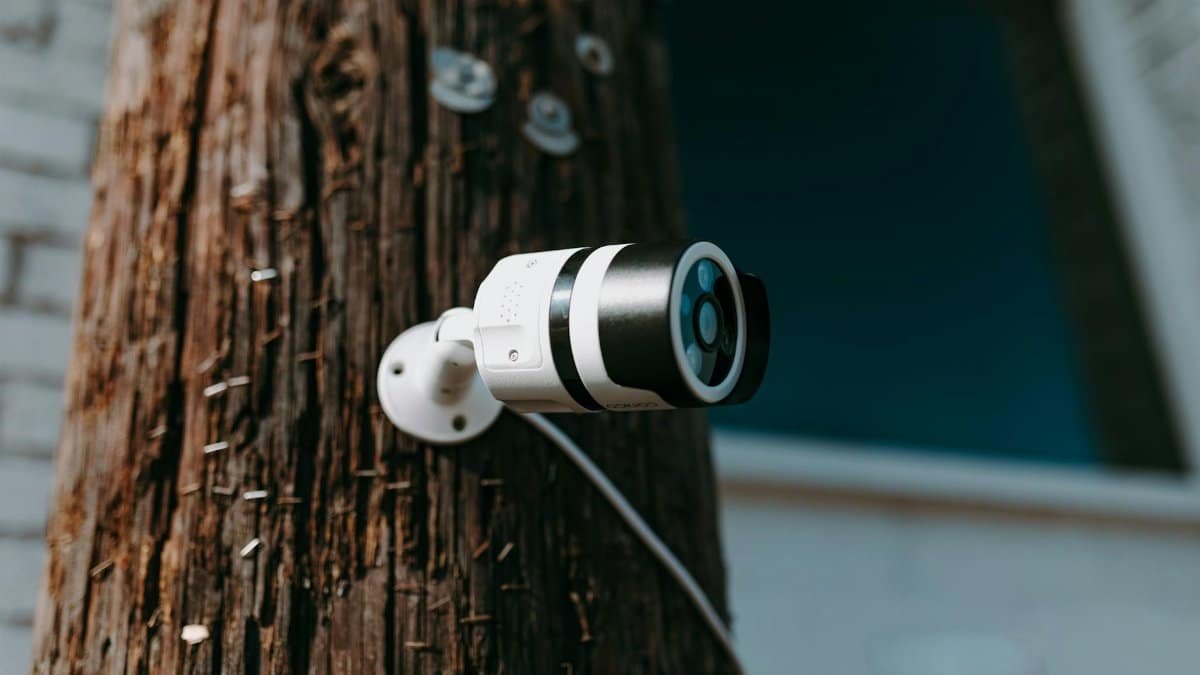Singer Halsey has sparked a digital health wave with a single Instagram Story. On February 24, 2025, the artist shared a glimpse of their mood-tracker graphs, complete with a note about “purple spikes mean slow down.” This candid reveal of halsey bipolar tracking methods has resonated widely, driving a staggering 300% surge in app downloads within just one week. As mental health conversations gain traction in 2025, Halsey’s post is more than a personal update—it’s a catalyst for thousands exploring self-management tools.
Halsey’s Public Insight into Bipolar Management

Halsey, known for raw honesty in both music and personal life, offered fans a rare peek into their mental health toolkit via Instagram. The shared mood-tracker graphs weren’t just a snapshot; they were a window into a deliberate strategy for managing bipolar disorder. The artist’s mention of “purple spikes” as a signal to ease up suggests a tailored approach, using visual data to navigate emotional highs and lows. This transparency has struck a chord with followers, many of whom face similar challenges.
A Surge in Mood-Tracking App Popularity

The impact of Halsey’s post was immediate and measurable. Within days of the February 24, 2025, Instagram Story, downloads for mood-tracking apps skyrocketed by 300%, according to data highlighted in a bpHope article. This spike reflects a broader hunger for accessible mental health tools, especially among younger demographics active on social media. Halsey’s influence turned a personal share into a public movement, pushing digital self-care into the spotlight.
Why Mood Tracking Resonates in 2025

Mental health awareness has gained significant ground in the U.S., with 2025 seeing increased focus on self-managed care. Tools like mood trackers, which allow users to log emotional states and identify patterns, are becoming mainstream. Halsey’s use of such technology aligns with this trend, offering a relatable example of how data can empower personal wellness. The artist’s post tapped into a growing cultural shift toward proactive mental health strategies.
The Role of Social Media in Mental Health Advocacy

Platforms like Instagram have become powerful spaces for destigmatizing mental health struggles. Halsey’s decision to share their bipolar tracking journey publicly amplifies this effect, reaching millions in an instant. The visual nature of mood graphs—simple yet impactful—makes the concept accessible, encouraging followers to engage with their own emotional health. This kind of advocacy through social media bridges the gap between celebrity influence and everyday application.
Understanding the “Purple Spikes” Warning

The specific mention of “purple spikes mean slow down” in Halsey’s post points to a personalized system within their mood-tracking app. While details remain private, it’s clear these spikes likely indicate heightened emotional states or potential triggers. For many with bipolar disorder, such warnings are critical for preventing escalation. This glimpse into halsey bipolar tracking underscores the value of customized alerts in maintaining stability, a lesson resonating with fans and app users alike.
Broader Implications for Digital Health Tools

The 300% jump in app downloads following Halsey’s post signals a tipping point for digital health tools. As reported by bpHope, this surge highlights how influencer-driven awareness can accelerate adoption of technology designed for mental wellness. Experts note that such tools, when used consistently, can complement traditional therapy. For resources on mood tracking, organizations like the National Institute of Mental Health offer guidance at NIMH Bipolar Disorder Resources. Additionally, advocacy groups like Mental Health America provide further context at MHA Bipolar Disorder Information.
How Halsey’s Story Inspires Action

Halsey’s Instagram Story isn’t just a viral moment; it’s a call to action for many. Fans inspired by the post are downloading apps, sharing their own graphs, and discussing bipolar management openly. This ripple effect shows how a single share can normalize seeking help through technology. In a year like 2025, where mental health remains a national conversation, Halsey’s influence could mark a turning point in how individuals approach self-care.
Challenges and Considerations in Mood Tracking

While the enthusiasm for mood-tracking apps is undeniable, it’s not without hurdles. Users must commit to regular logging for accurate data, and interpreting results often requires guidance. Halsey’s “purple spikes” note hints at a learning curve in understanding personal patterns. For those new to such tools, integrating them into daily life can be daunting, yet the potential benefits—greater self-awareness and control—drive continued interest post-Halsey’s reveal.
